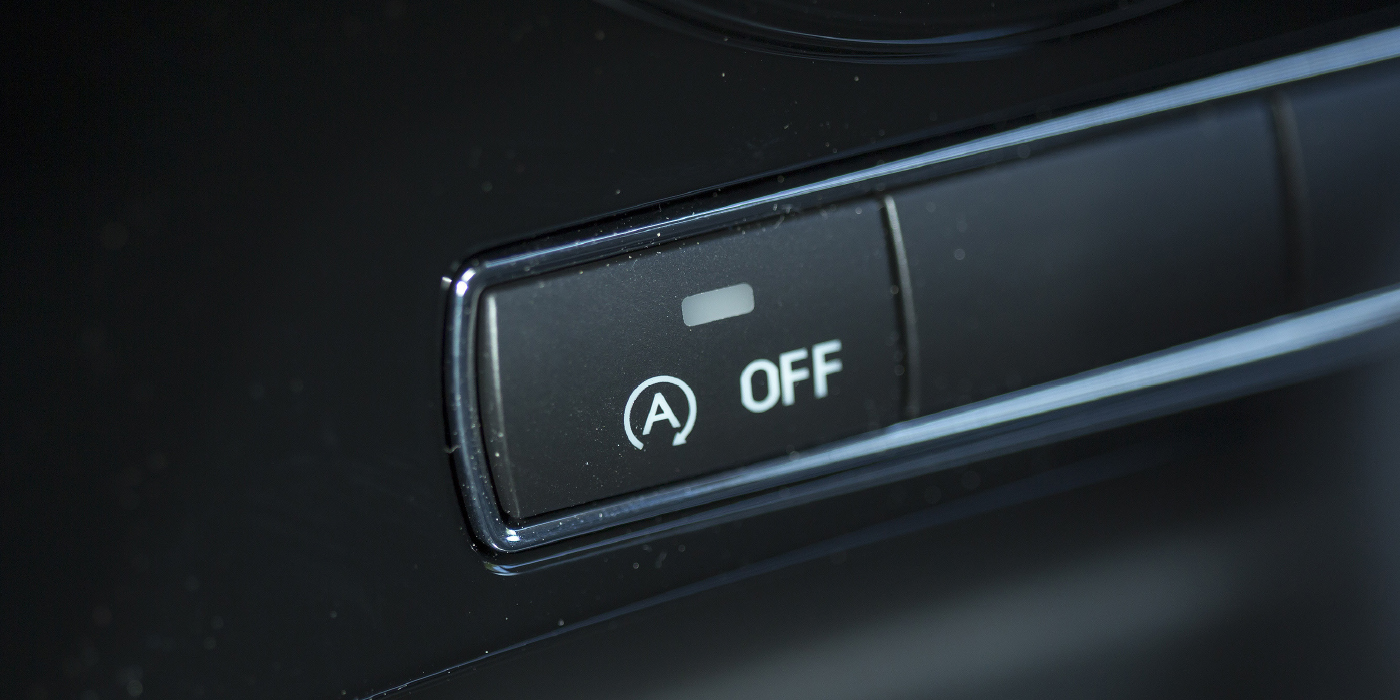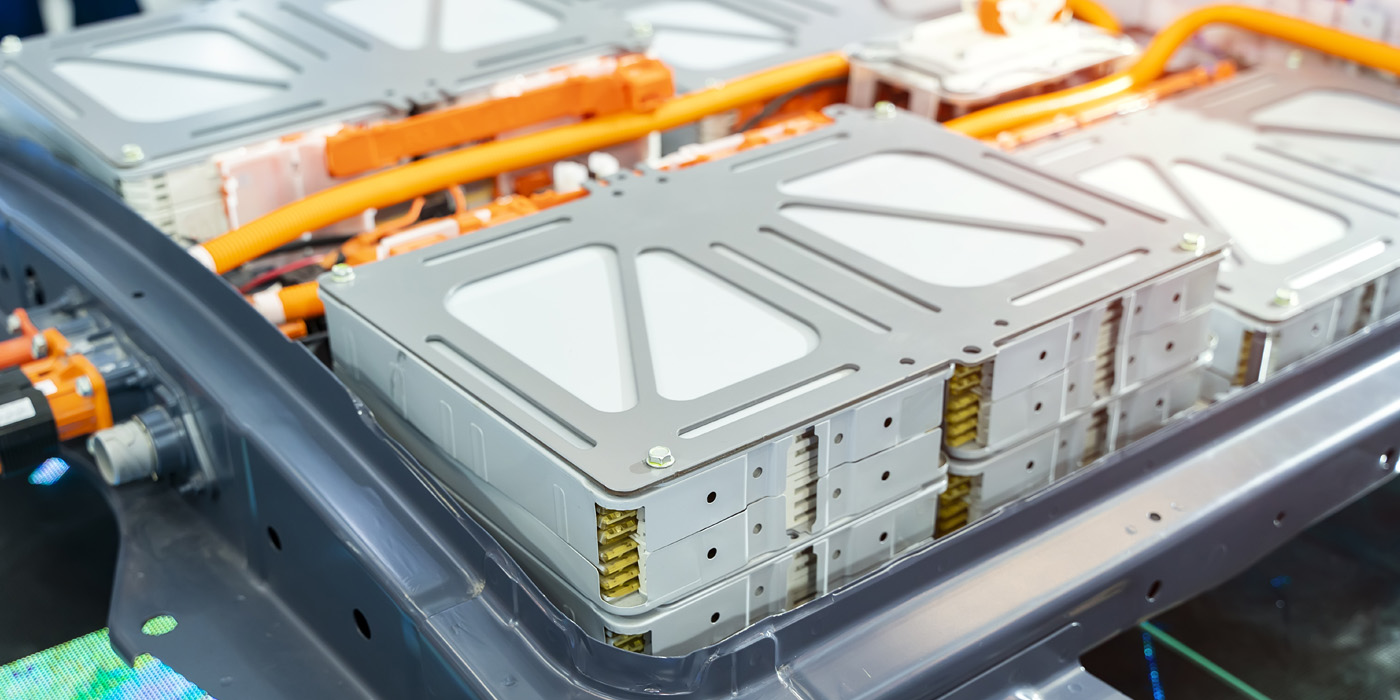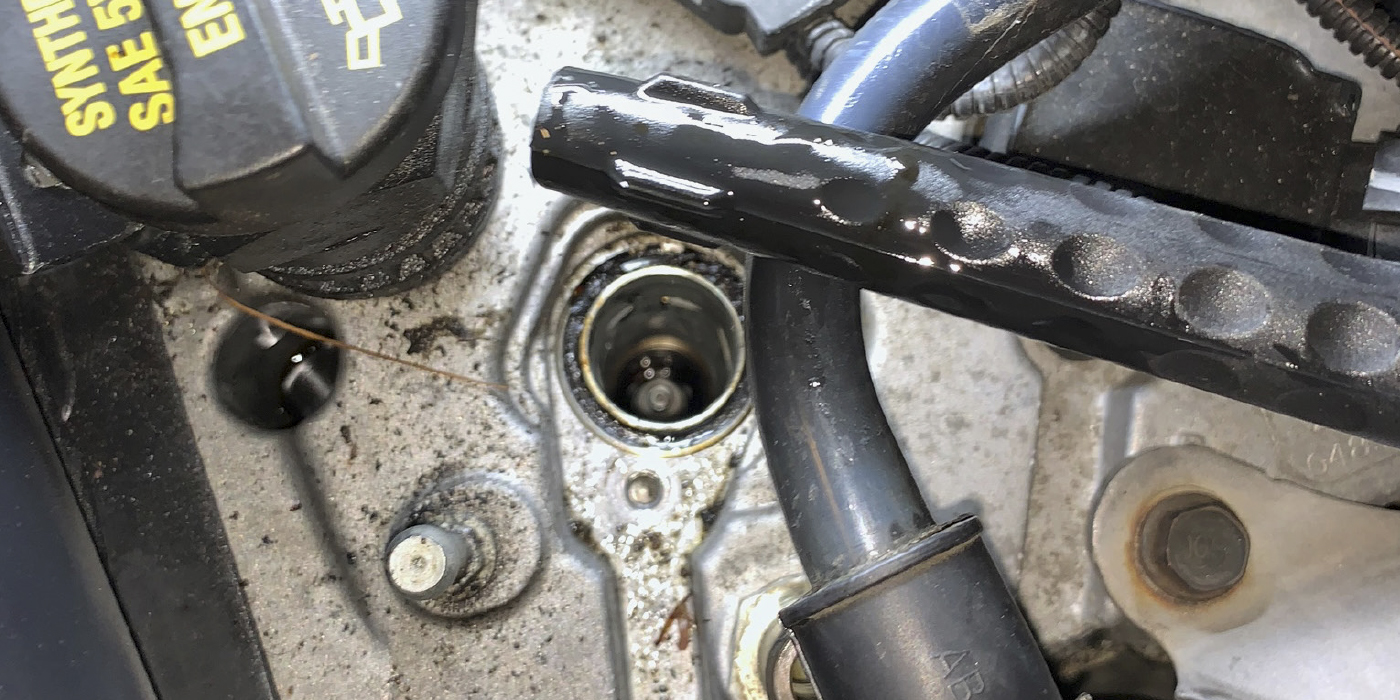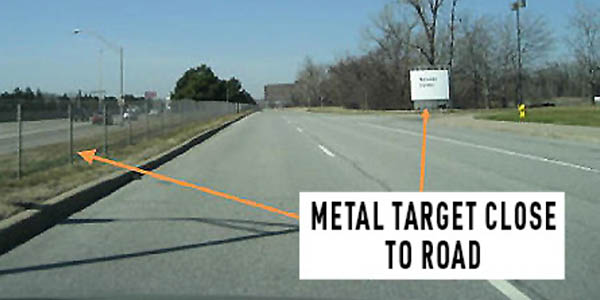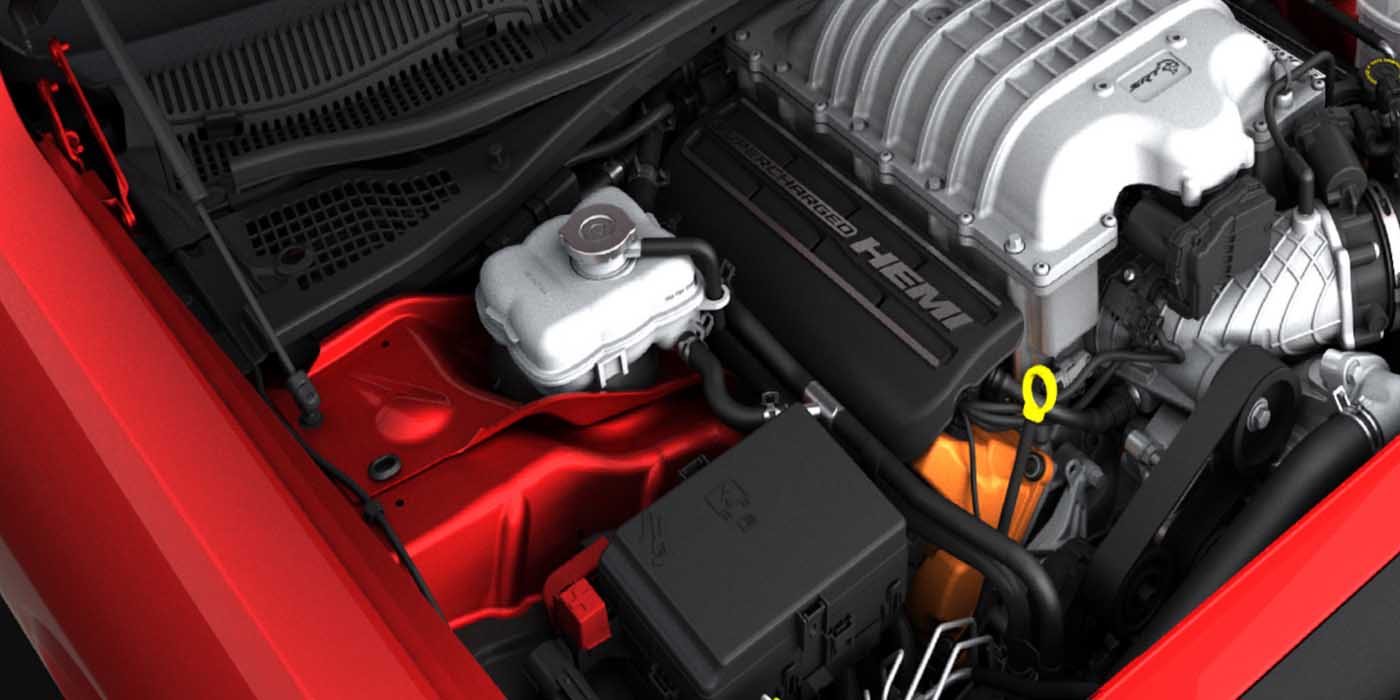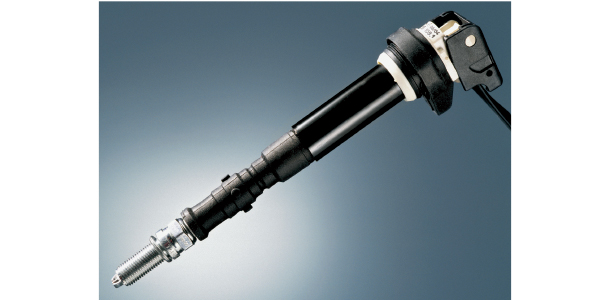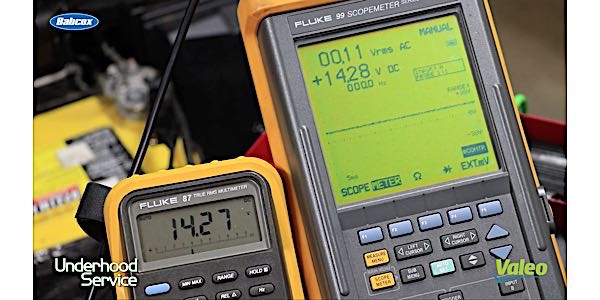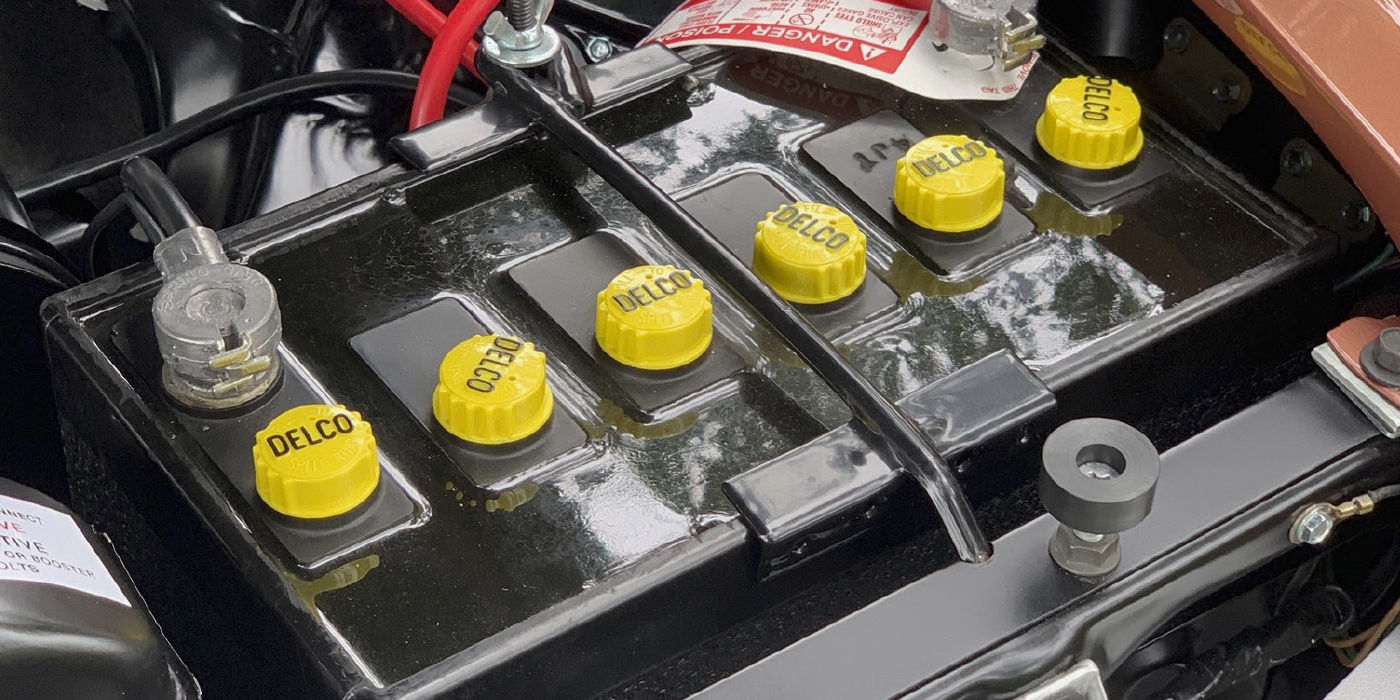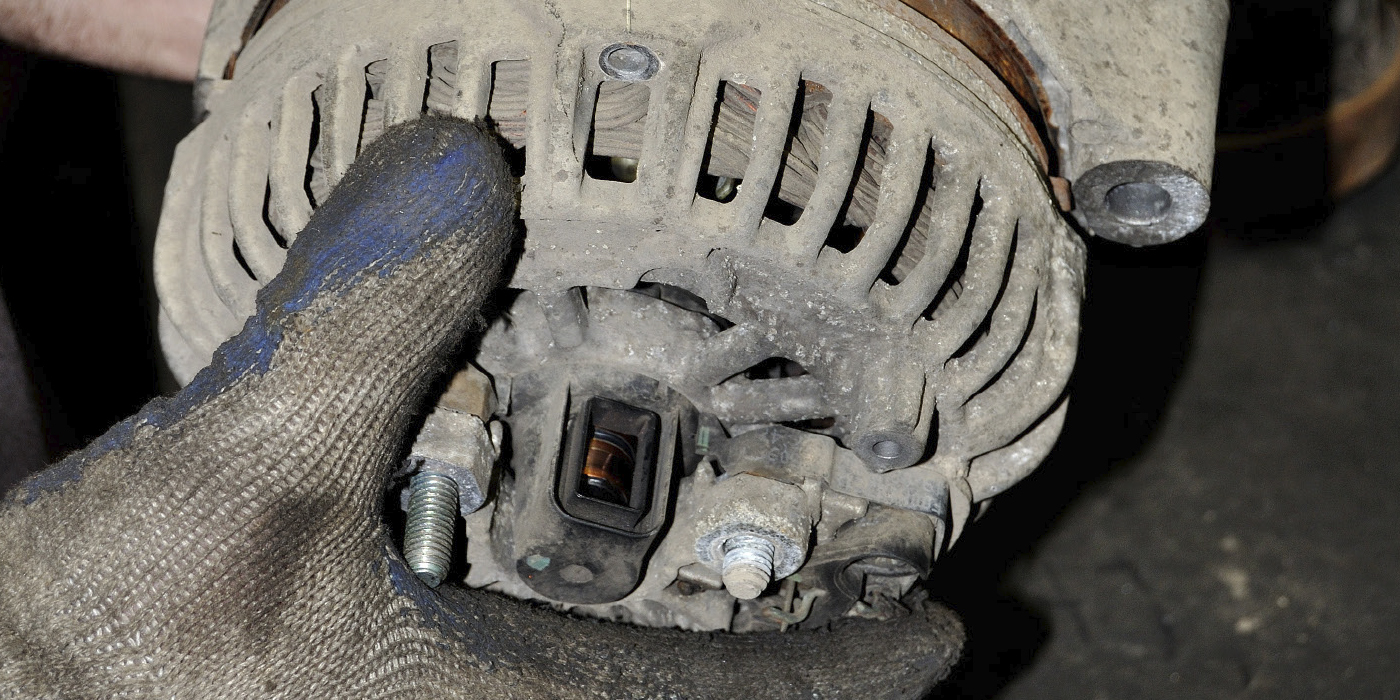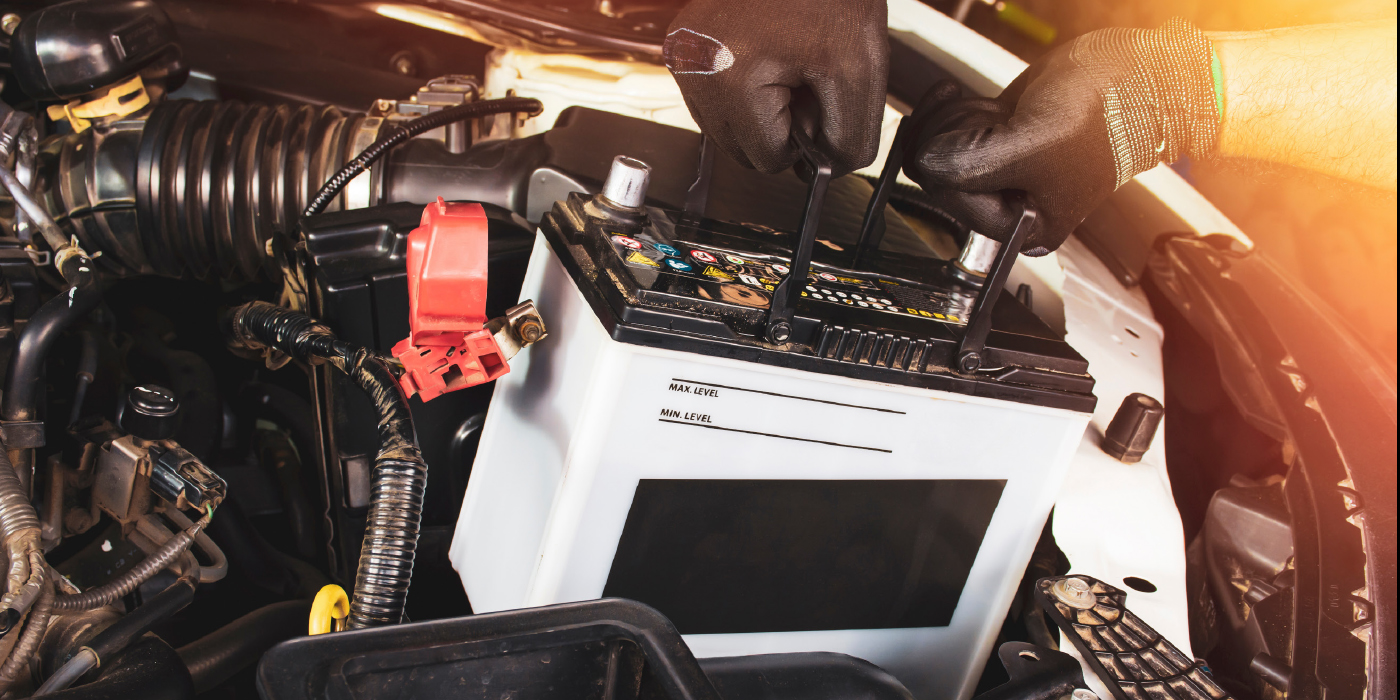A battery charger is something every shop should own, and most do. But battery technology has changed in recent years. Battery chargers that were designed for older conventional lead acid batteries (called “flooded” cell batteries because the cells are filled with liquid electrolyte) may not be the best choice for newer batteries with absorbent glass mat (AGM) cells or “gel” (no liquid electrolyte) cells. Each type of battery has its own unique charging characteristics, and there is a risk of damaging AGM or gel cell batteries if the wrong type of battery charger is used and pushes too much current into the battery too quickly.
In a fast-paced service facility, time is money and you have to turn around jobs quickly. Slow charging at 4 to 10 amps is easier on batteries than fast charging because it reduces heat buildup and the risk of overheating and damaging the battery plates, particularly in AGM and gel cell batteries. But you may not have eight or 12 or 24 hours to slow charge a customer’s battery that has run down with a 4- to 10-amp battery charger. The latest generation of “smart” battery chargers uses microprocessor controls to minimize charging times by safely putting more current into the battery in a shorter period of time (an hour or less).
One equipment manufacturer says their smart battery charger technology applies as much current as the battery can safely handle while automatically monitoring the charging conditions to minimize gassing or overheating that could damage the battery. As the battery charge comes up, the charging rate is constantly adjusted until the battery reaches full charge. Also, if the battery is slow to accept a charge because of sulfation buildup on the cell plates, the charger will pulse the charging current to help remove sulfate deposits and restore the cell plates for better charge absorption. The charger will also maintain the battery at its optimum charge level once charging is complete.
If you’re using an old-fashioned, fixed-rate battery charger that feeds a constant supply of amps into a battery for a given period of time, there is a chance you may be undercharging or overcharging the battery — neither one of which is good for battery longevity.
All types of automotive lead-acid batteries must be maintained at or near full charge for maximum cell life, otherwise sulfate will build up on the cell plates and reduce battery output and life. Smart battery chargers are designed to sense battery charge levels and apply just the right amount of current to assure proper charging.
The time it takes to recharge a battery depends on the level of charge, the ambient temperature, the battery amp capacity and the charging rate. There are all kinds of charts available that show the proper charging times and rates for various battery types, including how much the charging rate needs to be adjusted for temperature changes. But like vehicle owner’s manuals, nobody pays much attention to the information. That’s the danger of manual fixed-rate battery charging. The user may simply choose the maximum charging rate, set the timer for 30 minutes and let the battery cook until it’s done. That kind of charging approach can overheat and damage many of today’s AGM and gel cell batteries.
Taper current chargers are safer in this respect because the charging current will gradually diminish as the battery reaches full charge. But this can also extend the time it takes to fully recharge a battery. That’s why smart battery chargers with microprocessor controls are better because they maximize charging rates to minimize charging times. Most smart chargers are two to three times faster than manual chargers.
Choosing a Charger
Low amperage trickle chargers and 6- to 10-amp portable chargers are popular with home mechanics, but most professionals need a battery charger that is both fast and versatile. For most shops, that means a wheeled charger with adjustable voltage outputs (6, 12 or 24 volts), some type of smart controls and automatic charging capabilities, a fast charge rate of 40 to 70 amps, and 100 to 250 booster amps for charger-assisted jump starts. Some of the higher end units also have a built-in battery tester to check battery charge and condition. The tester may use a conventional load test or a high frequency conductance test to determine battery condition.
Many shops also have one or more portable battery chargers for situations when a big capacity fast charger isn’t needed. This might include maintaining the charge on a battery that is out of a vehicle, maintaining battery charge while running the lights or other accessories with the engine off, keeping the PCM memory alive while the battery is disconnected, etc. Like the big wheeled chargers, the best portable hand-held chargers will have smart controls and charging rates of 2 to 10, 20 or 35 amps. Some may also have booster rates of up to 200 amps.
Another type of battery charger that may be of interest is a solar panel charger for maintaining battery charge in vehicles that are driven infrequently (RVs, for example). Solar panel chargers can also be mounted on top of tow trucks to extend battery life when lights or radios are used while the engine is off. Solar panel battery chargers don’t produce a lot of current (typically 2 to 6 watts), and output depends on sun exposure.
Charging System Test Equipment
A charging system tester is another piece of equipment that is absolutely necessary in today’s shops. Any time a battery has run down, the charging system should be tested to make sure it is working properly. An analog or digital voltmeter can be used to check charging voltage with the engine running, but more sophisticated test equipment may be needed to detect many kinds of alternator problems. Some shops use a digital storage oscilloscope (DSO) to analyze alternator output, but a scope takes more know-how to use. That’s where a charging system analyzer and/or alternator bench tester come in handy. They can take the guess work out of diagnosing charging system problems.
Charging problems can be caused by a variety of things including damaged diodes in the alternator rectifier trio, worn alternator brushes, shorts or opens in the alternator rotor or stator, wiring problems, a bad voltage regulator or the charging control circuit in the PCM depending on how voltage is controlled. Consequently, many alternators are replaced unnecessarily because the charging problem was misdiagnosed.
Charging system analyzers that connect to the vehicle can analyze the alternator’s voltage and current output to detect a variety of common problems including key-off parasitic voltage losses that can run a battery down. Charging system analyzers may be hand-held or mounted on a cart. Most are easy to use and can give a diagnosis within a few minutes.
If an alternator isn’t putting out its normal voltage and current, it can also be bench tested to verify its performance. Alternator bench testers typically come with a variety of plug-in adapters and/or alligator clips for connecting the unit to the machine. Once the connections have been made, the alternator is spun at a controlled speed while voltage and current outputs are measured. The bench tester will display the actual readings and usually shows a “good” or “bad” indication if the alternator does not meet OEM specifications. Most bench-testers will also detect shorts or opens in the alternator warning light circuit, too. If the alternator fails the test, it needs to be replaced.
Final Thoughts
Servicing batteries can be dangerous, so always wear eye protection, and keep sparks and flames away from the battery (battery vapors are explosive). Also, avoid skin contact with the acid inside a battery as it can cause severe burns.
Do not charge or jump start a frozen battery, or one with low electrolyte level inside (a clear or yellow built-in charge indicator if the battery has one). Allow a frozen battery to thaw indoors before testing or charging it.
Always refer to the vehicle service literature before disconnecting or replacing a battery. Disconnecting the battery on some vehicles may cause the PCM to forget important settings, which may require a special relearn procedure or resetting the PCM with a scan tool to restore normal operation. On such applications, a battery charger connected to the battery cables or a plug-in 9-volt PCM memory saver may be required to maintain power while the battery is disconnected.
| User turns the power on, charger shuts off automatically when the battery is fully charged. Advanced circuit design monitors battery and provides current when the battery loses power. Offers walk-away convenience and requires minimal attention once it is hooked up.
Semi-Automatic Operation: Manual Operation: Trickle Charging: Medium Charging: Fast Charging: Rapid Charging: Engine Start: *Charge time is based on the battery having a 50% charge level before charging. Courtesy of Schumacher Electric. |


